Brown Rice Vs. White Rice: Which Is Healthier?
- Brown Rice Vs. White Rice: Nutrition Profile
- Brown Rice Vs. White Rice: Glycemic Index
- Brown Rice Vs. White Rice: Arsenic Content
- Conclusion & My Recommendation
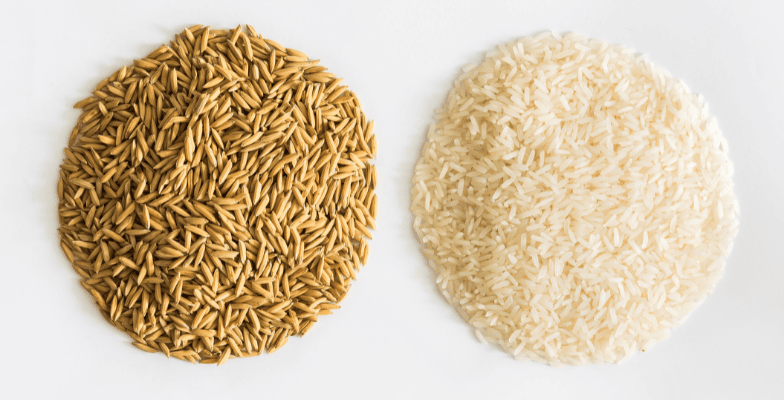
White rice was ubiquitous in our household, which is why I consumed it regularly until my teenage years. As I grew health-conscious, I gradually shifted to the brown variety and have always preferred it over the white one because of health reasons.
Just like our family, rice is the dominant stable for about two billion people living in Asia. 1https://www.ncbi.nlm.nih.gov/pmc/articles/PMC5735331/ Rice has tens of thousands of varieties; however, the most common types are that are white and brown. 2https://en.wikipedia.org/wiki/Rice
Brown Rice Vs. White Rice: Nutrition Profile
Rice is a type of whole grain. The grain, also called a kernel, is made up of three edible parts.
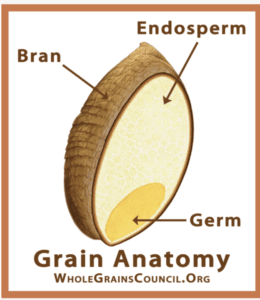
1) Bran- contains fiber, B vitamins, and antioxidants
2) Germ- contains B vitamins, protein, minerals, and healthy fats
3) Endosperm- contains mostly carbohydrates
According to The World’s Healthiest Foods 3http://www.whfoods.com/genpage.php?tname=foodspice&dbid=128, 4http://www.foodandnutritionjournal.org/volume9number2/effect-of-different-processing-methods-on-the-nutritional-value-of-rice/
The process that produces brown rice removes only the outermost layer, the hull, of the rice kernel and is the least damaging to its nutritional value. The complete milling and polishing that converts brown rice into white rice destroy:
-67% of the vitamin B3
-80% of the vitamin B1
-90% of the vitamin B6
-half of the manganese
-half of the phosphorus
-60% of the iron
-and all of the dietary fiber and essential fatty acids.
You see, when you remove the outer husk to produce brown rice, there isn’t much loss of nutrients. Essentially brown rice retains most of it. But when you start to remove the bran and most of the germ layer to produce white rice, what you are really left with is starch with trace nutrients.
The process does not stop here and undergoes polishing and removal of the aleurone layer of the grain-a layer filled with health-supportive, essential fats!
Wholegraincouncil.org also concludes.
Without the bran and germ, about 25% of a grain’s protein is lost, and are greatly reduced in at least seventeen key nutrients. 5https://wholegrainscouncil.org/what-whole-grain
We can see from the table below that the processing of rice to create white rice depletes most of its nutrients.

Image source: wholegrainscouncil.org
Bottom-Line
White rice is mostly empty calories in the form of processed and refined carbohydrates as the two most important layers of the grain, i.e., bran and the germ, are removed.
Brown Rice Vs. White Rice: Glycemic Index
Brown rice has a glycemic index of 50, and white rice is at 75-89! (varies according to the brand and how long you cook it).
If you are not sure what this means, here it is Higher the glycemic index of a food, the faster it absorbs in your bloodstream, and therefore, more insulin needs to be released to combat that.
Eating refined carbs like white rice increases one’s risk of having insulin resistance and, eventually, type-2 diabetes. 6https://pubmed.ncbi.nlm.nih.gov/20980490/, 7 https://pubmed.ncbi.nlm.nih.gov/18039989/
Related Article: What Is Glycemic Index | Food List With Glycemic Index
Brown Rice Vs. White Rice: Arsenic Content
Brown rice has 80% more arsenic than white rice because of its germ layer, which retains more inorganic arsenic. 8https://pubmed.ncbi.nlm.nih.gov/18939599/ Arsenic is a toxic heavy metal, and long-term consumption may increase the risk of skin, lung, and bladder cancer. 9https://www.ncbi.nlm.nih.gov/pmc/articles/PMC4186552/
A systematic review and meta-analysis concluded a strong association between high-chronic consumption of arsenic with cardiovascular disease. 10https://www.ncbi.nlm.nih.gov/pmc/articles/PMC3483370/
Now, it’s important to note that arsenic contamination occurs not just through the consumption of contaminated foods like brown rice (or other foods) but also through contaminated drinking water, which is the highest source of arsenic consumption. 11https://www.ncbi.nlm.nih.gov/pmc/articles/PMC1892142/
And since rice needs a lot of water to grow, it has the highest content of inorganic arsenic among all crops!
Specific Steps Can Be Taken That Can Help Reduce Your Arsenic Consumption Via Brown Rice
-Wash and rinse brown rice thoroughly with fresh filtered water and not tap water (as it contains inorganic arsenic)
-Similarly, boil rice using only filtered water and never tap water
-Buy only Organic Brown Rice. However, organic growing conditions do not always guarantee low arsenic levels since any rice growing in arsenic-laden soil soaks up arsenic. 12https://ehp.niehs.nih.gov/doi/10.1289/ehp.115-a296
-Choose the Basmati Rice brand from India/Pakistan and/or the Jasmine variety as these contain the least amount of arsenic. 13https://www.ncbi.nlm.nih.gov/pmc/articles/PMC1892142/
The above four steps can reduce arsenic content in brown rice by up to 45%. 14https://pubmed.ncbi.nlm.nih.gov/19137137/
Brown Rice Vs. White Rice | Taste
White rice comes at the top here. But let me say this, brown rice comes slightly behind. Once you realize the extra nutrition that you are getting from brown rice, compromising a little on taste is undoubtedly not a problem for many.
My clients are usually reluctant to try brown rice at first, but once they get used to it, they don’t miss the white variety!
Having said that, the majority of people would still prefer white rice over the brown variety.
Conclusion & My Recommendation
Should you make the switch to brown rice?
My answer is Yes!
Brown rice has more nutrients than white rice and is low on the Glycemic index. Ensure you wash the brown rice thoroughly to lower its arsenic content.
Lastly, it’s ok to eat white rice once in a while. Just ensure that you combine it with lentils or beans and include tons of green veggies to compensate for the fiber and micronutrient content not present in the white rice.
You can also choose white rice, which is enriched with a few micronutrients.
What do you think about this article? Have any questions? Let me know in the comments below!

Skill-Based Education.
Global Recognition.
Powerful Community Building
Secure a certificate of completion in as little as a day by graduating from one of our free courses.
Get Access to Our Free Courses. No Credit Card Required.

Fabulous Body Membership
Your All-Access Pass to A Fabulous Body & A Rewarding Career
25+ Certificate Courses & Programs, All Included
15 Day Free Trial, 100% Money-Back Guarantee
About Akash Sehrawat
Akash is a creator of 25+ programs and certificate courses in which more than 200,000 students have enrolled both on Udemy and Fabulous Body's native platform. Akash is also an author of three books that can be found on Amazon. His answers on Quora have gathered more than 12 million views in less than a year.







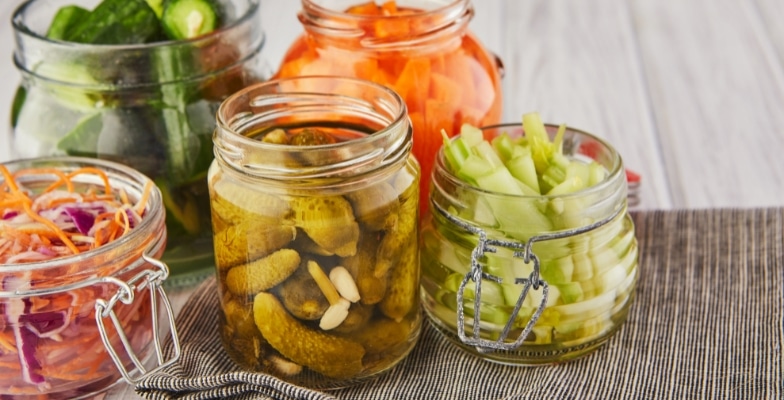
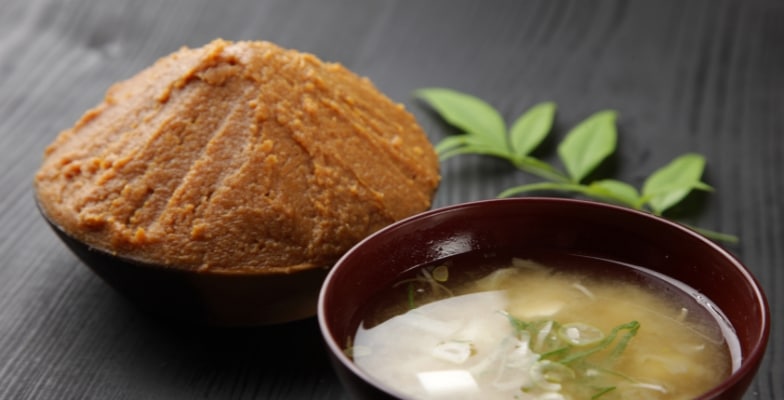
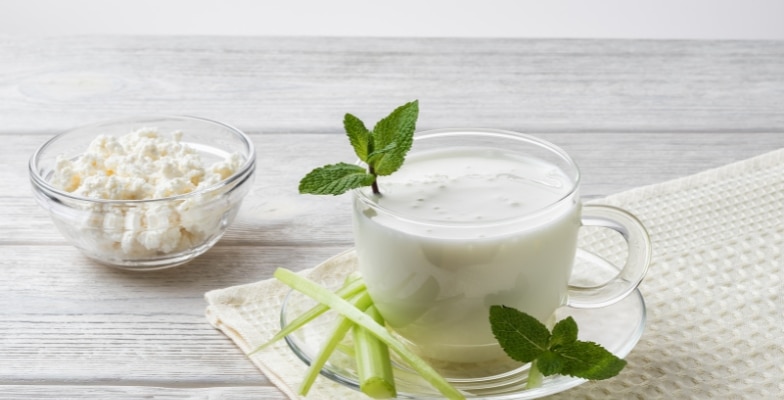

Hey akash. I am one of your students and I was thinking the same about the Brown rice and I have been eating from last two ears and I find it very amazing. I made my special dish out of the Brown rice and trust me its tastier that than white rice as I make it and its highly nutritious. However, I didn’t know about the arsenic part and reading about it in this blog made me aware about it as I was washing it with tap water and I will now stop that. But I have a request to you now, can you tell me more ways about how to eliminate the arsenic content from brown rice as it is related to skin issues, bladder and even cancer, this concerns me.
Hi Amey, the suggestions on how to reduce Arsenic that I have provided in the article can suffice. That’s all that you can do and will reduce the arsenic content of brown rice to a large extend!
Hey Akash..i understand all the information contained in this article..but still my doubt is unclear..As in the course section -3 (lecture 4) video u mentioned brown rice with high glycemic index than white rice then how brown rice can be better option.
Dear Gurpreet, I’ll be completely updating my course. For latest info you can read this: https://fabulousbody.com/qanda/brown-rice-vs-white-rice-healthier
https://fabulousbody.com/what-is-glycemic-index-food-list-with-glycemic-index/